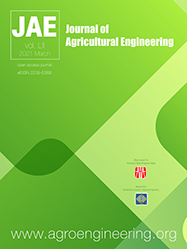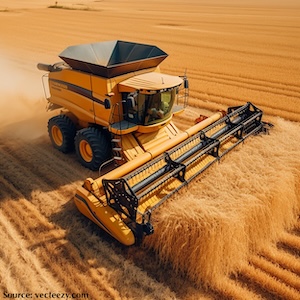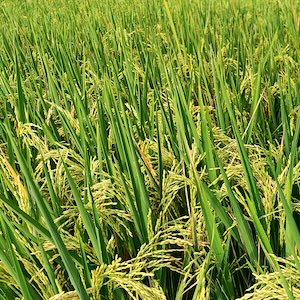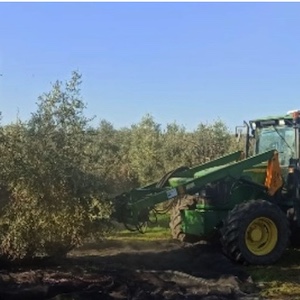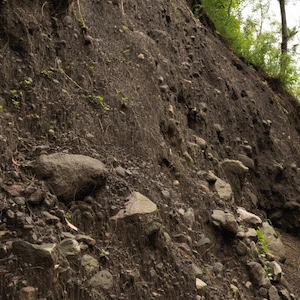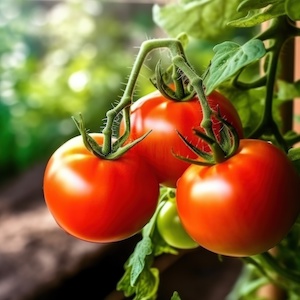Monitoring mini-tomatoes growth: A non-destructive machine vision-based alternative
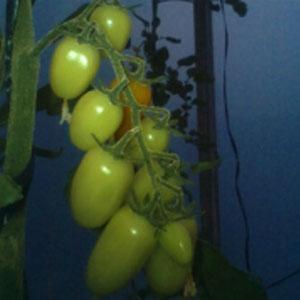
All claims expressed in this article are solely those of the authors and do not necessarily represent those of their affiliated organizations, or those of the publisher, the editors and the reviewers. Any product that may be evaluated in this article or claim that may be made by its manufacturer is not guaranteed or endorsed by the publisher.
Authors
Yield is the most often used metric of crop performance, and it can be defined as the ratio between production, expressed as a function of mass or volume, and the cultivated area. Estimating fruit’s volume often relies on manual measurements, and the procedure precision can change from one person to another. Measuring fruits’ mass will also destroy the samples; consequently, the variation will be measured with different samples. Monitoring fruit’s growth is either based on destructive tests, limited by human labour, or too expensive to be scaled. In this work, we showed that the cluster visible area could be used to describe the growth of mini tomatoes in a greenhouse using image processing in a natural environment with a complex background. The proposed method is based on deep learning algorithms and allows continuous monitoring with no contact with the cluster. The images are collected and delivered from the greenhouse using low-cost equipment with minimal parameterisation. Our results demonstrate that the cluster visible area accumulation is highly correlated (R²=0.97) with growth described by a parameterised Gompertz curve, which is a well-known growth function. This work may also be a starting point for alternative growth monitoring methods based on image segmentation. The proposed U-Net architecture, the discussion about its architecture, and the challenges of the natural environment may be used for other tasks in the agricultural context.
How to Cite

This work is licensed under a Creative Commons Attribution-NonCommercial 4.0 International License.

